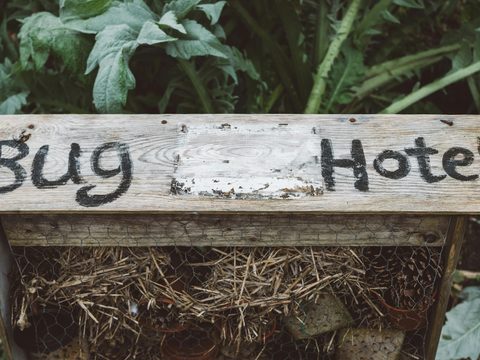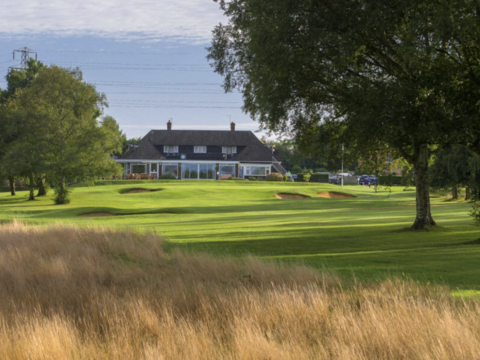Kiawah Island’s 50 years balancing tourism and conservation
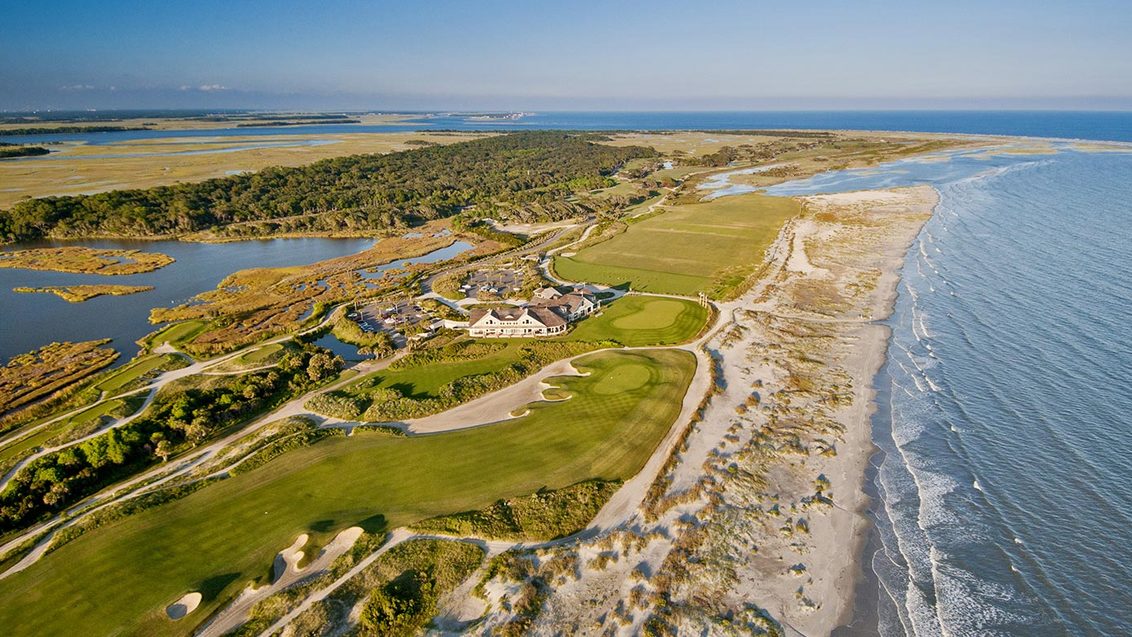
For almost five decades golf tourism and environmental conservation have co-existed at Kiawah Island, South Carolina, venue of the 1991 Ryder Cup and the 2012 and 2021 PGA Championships.
The small barrier island, located 25 miles southwest of Charleston, was home to cotton plantations and a lumber company, but now supports a luxury resort with five world-class golf courses and 255 rooms and suites.
The Kiawah Island Golf Resort is a lead partner in providing environmental protection and stewardship across the island, home to 3,000m of tidal salt marsh, 10 miles of shoreline and measuring only 1.5 miles at its widest point.
Bryan Hunter, a spokesperson for Kiawah Island Golf Resort, told The Washington Post the resort places a premium on conservation.
Hunter says guests are invited to join the island’s oldest conservation program, the Kiawah Island Turtle Patrol.
In 1973, concerned residents set up a voluntary patrol to monitor and protect the island’s native population of nesting loggerhead turtles.
Today, visitors can monitor hatching and migration patterns, spot nests and record observations about the year’s hatch. Some even assist hatchling turtles to reach the ocean.
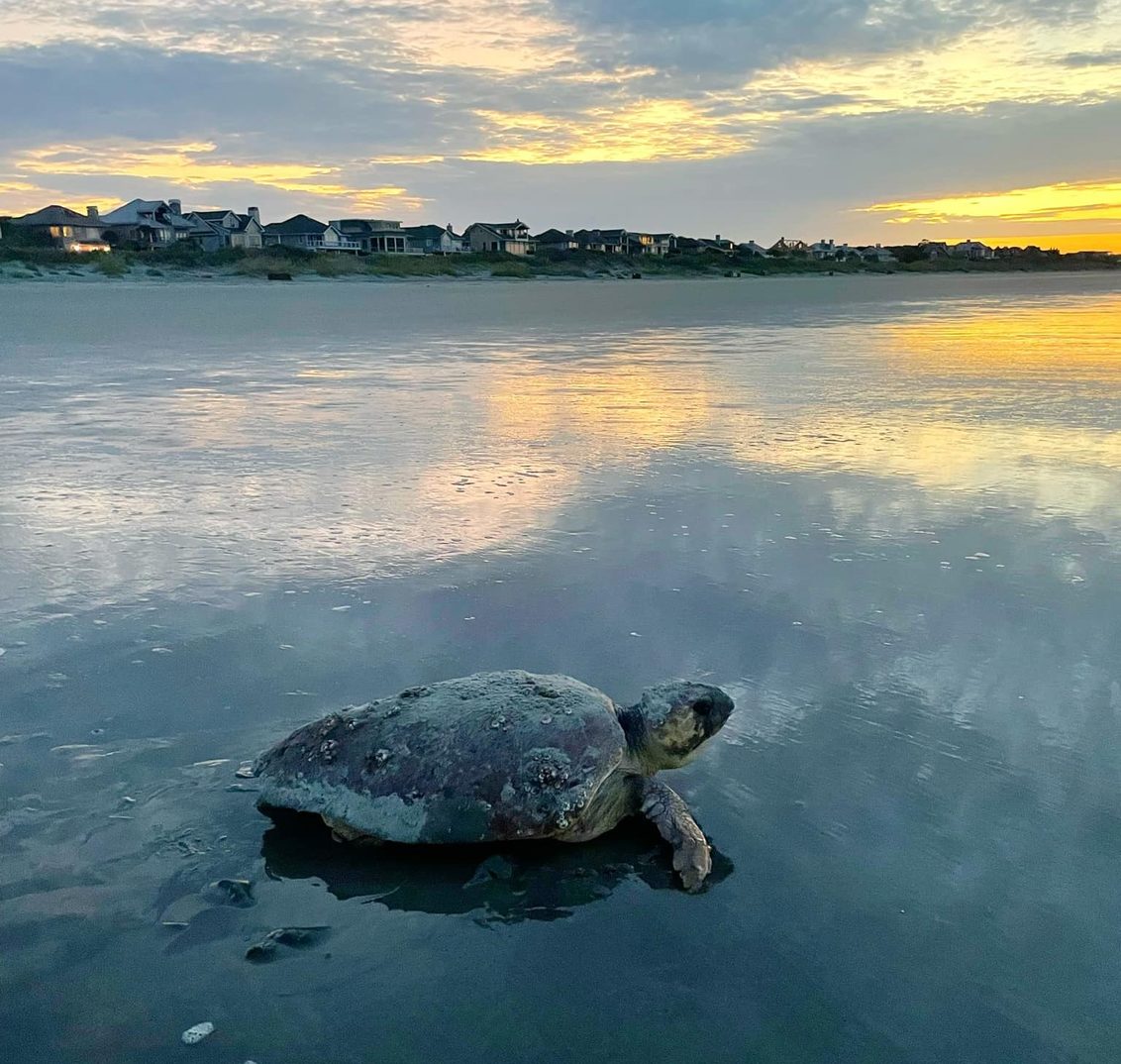
The loggerhead turtles hold particular importance among the island’s community, demonstrated by its Lights Out for Sea Turtles initiative.
All residents and hoteliers are required to turn off beach-illuminating lights in the evenings during loggerhead nesting season because the artificial light confuses hatchling turtles and can guide them away from the ocean.
Low light pollution is vital, Hunter explains.
“The resort, along with the rest of the island, through town ordinance, makes sure that we really carefully monitor light pollution along the beach, so that it doesn’t disorient nesting sea turtles or hatching sea turtles,” he says.
Guests can immerse themselves in Kiawah’s unique environment on resort-run boat trips, dolphin sightseeing excursions and alligator safaris.
The original developers of the Kiawah Island Golf resort, Kiawah Investments, spent 16 months conducting an environmental audit of the island’s ecology, natural habitats, wildlife and bird population following its acquisition in 1974.
The result was a masterplan, which was subsequently adopted by the town of Kiawah, for combining environmental stewardship with tourism and leisure, says Donna Windham, Executive Director of the Kiawah Conservancy. This not-for-profit land trust works with landowners to promote environmental protection.
“They took it very seriously that this island was special,” Windham told The Washington Post.
The town now employs two permanent wildlife biologists, Jim Jordan and his assistant Aaron Given, whose job is to survey and chronicle resident bird and wildlife.
At the last count, Kiawah Island is home to:
- 315 species of birds
- More than 30 species of mammals
- More than 40 species of reptiles
- More than 20 species of amphibians
- Thousands of invertebrates
There are conservation initiatives in place to protect bob cat and terrapin populations, as well as to support local producers, farmers and fishermen by supplying their products resort wide.
Golf has been played on Kiawah Island since 1976 when Gary Player designed and opened the island’s first course, Marsh Point.
The golf courses, including The Ocean Course, run close to the island's marshes, creeks, ponds and shoreline where it is common to see white-tailed deer, hook-necked blue herons, alligators and hermit crabs.
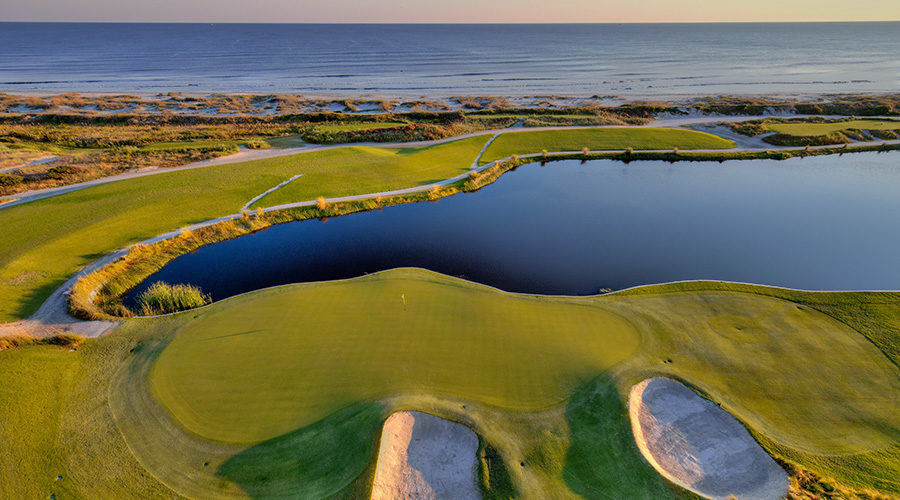
For more on Kiawah Island Golf Resort’s sustainability initiatives, visit here

